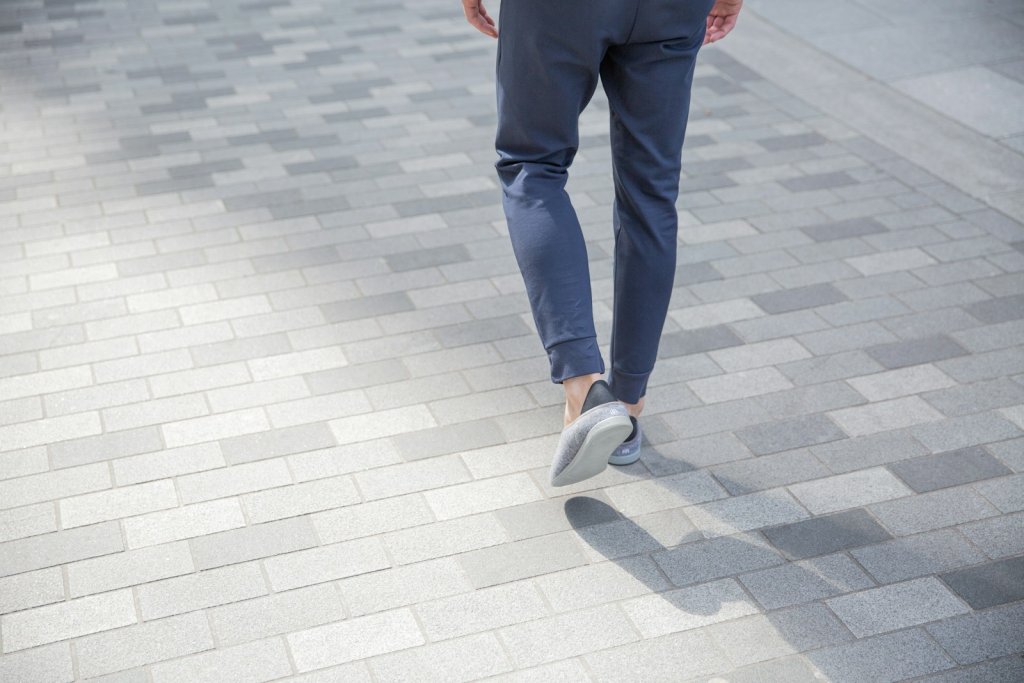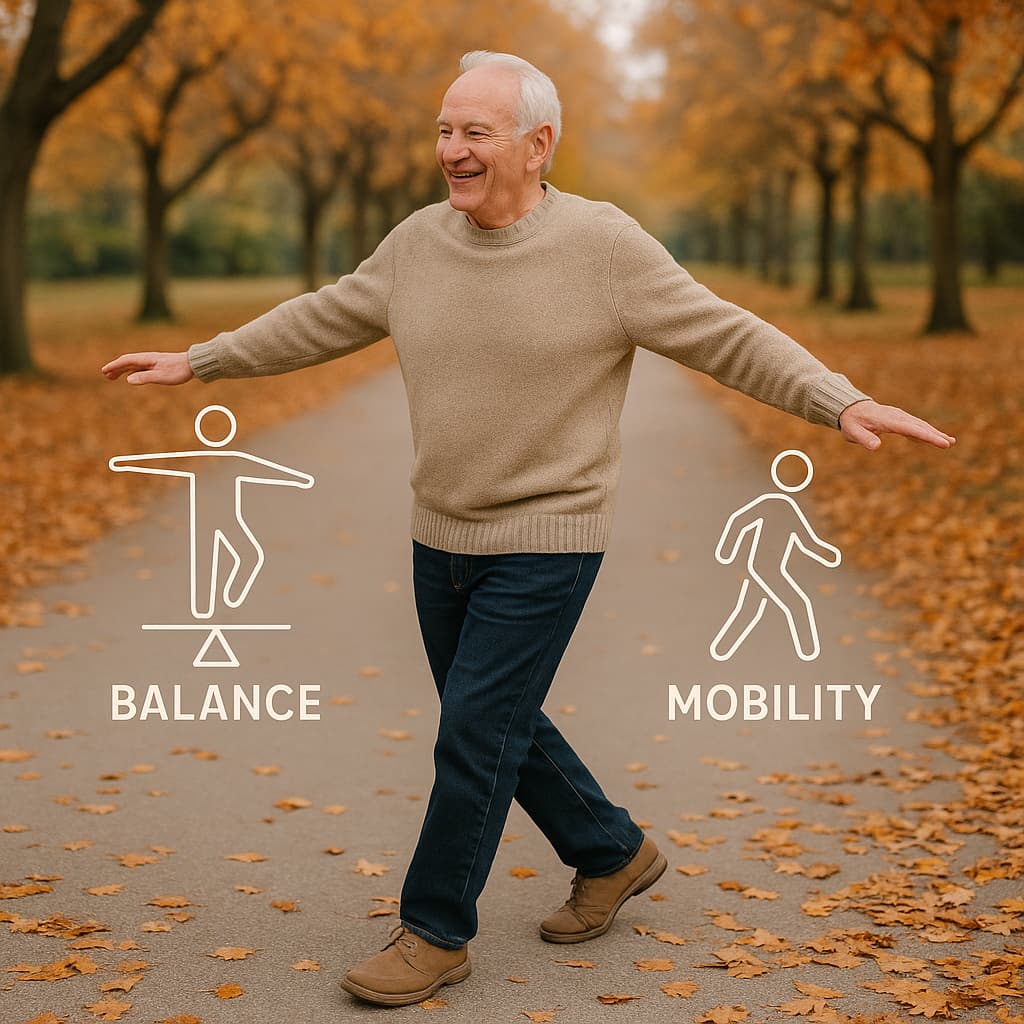Walking backwards offers unique, science-backed health benefits—including stronger muscles, better joint health, increased calorie burn, improved balance, and even sharper cognitive function. While it might seem unconventional, adding backward walking (also known as retro walking) to your fitness routine can unlock results you won’t get from walking forward. Understanding these hidden benefits, backed by the latest research, helps you work smarter, prevent injury, and add variety to your exercise—all with no special equipment required.

In this guide, you’ll learn what makes backward walking so effective, see the latest research findings, and get practical tips to start safely.
What Are the Hidden Benefits of Walking Backwards?
1. Engages Underrated Muscle Groups

Backward walking activates muscles differently—especially the quadriceps, glutes, calves, and hip flexors. While forward walking mainly targets your hamstrings, retro walking increases recruitment of the front thigh (quadriceps) and glute muscles. According to the Cleveland Clinic, this can correct muscle imbalances and enhance overall lower-body strength, making it a favorite technique in sports training and physical therapy.
- Practical Tip: Add 5–10 minutes of slow backward walking at the end of your usual walk. Take short, controlled steps and keep your core engaged.
- Example: Physical therapists often use backward walking to help patients recover from knee injuries and regain functional strength.
2. Boosts Calorie Burn & Cardio Fitness
Walking backwards is less efficient, so your body works harder. Studies show retro walking can burn up to 40% more calories than walking forward at the same pace (GoodRx Health, 2025). It also raises your heart rate more quickly, offering an effective cardio workout in less time. This makes it a valuable tool for weight management and cardiovascular health.
- Practical Tip: Start with 1–2 minutes of backward walking intervals, increasing duration as you get stronger. Use a treadmill on low speed for extra safety.
- Example: In a UCLA study, participants who swapped just 10 minutes of daily walking for backward walking improved both calorie burn and aerobic fitness after six weeks.
3. Supports Joint Health & Reduces Knee Pain
Unlike forward walking, retro walking places less stress on your knees and hips while strengthening stabilizing muscles around the joints. This makes it especially beneficial for people with knee osteoarthritis or recovering from lower-body injuries. National Geographic notes that retro walking has been proven to relieve knee pain and improve mobility in clinical studies.
- Practical Tip: If you have joint issues, start backward walking under supervision, such as on a treadmill with handrails or a smooth hallway.
- Example: Clinical trials found that knee osteoarthritis patients who practiced backward walking three times a week experienced significant pain reduction and better joint function after two months.
4. Enhances Balance, Coordination & Mobility

Walking backwards challenges your sense of balance and body awareness (proprioception), forcing you to use core and stabilizer muscles more than you would walking forward. This is particularly useful for fall prevention in older adults and as a sports performance tool. According to The Guardian, studies show that backward walking improves balance, walking speed, and confidence in daily life.
- Practical Tip: Practice on a flat, clear surface. Use mirrors, handrails, or a spotter until you gain confidence and control.
- Example: Seniors who incorporated backward walking twice a week saw noticeable gains in stability and mobility in everyday activities.
5. Sharpens Brain Power & Cognitive Function

Because backward walking isn’t automatic, your brain must work harder to process every step. This mental challenge improves memory, reaction speed, and overall cognitive performance. UCLA Health reports that retro walking may activate new neural pathways, benefitting executive function and attention.
- Practical Tip: Make backward walking a mindful exercise—focus on your steps and surroundings, avoiding distractions like headphones.
- Example: A 2024 study from Japan showed participants who added backward walking performed better on memory and focus tests compared to a control group.
6. Improves Posture & Flexibility

Retro walking naturally encourages a tall, upright posture and stretches tight hip flexors and hamstrings. This helps counteract the negative effects of long hours spent sitting. As highlighted in Scientific American, these flexibility gains can reduce your risk of injury and relieve lower back tension.
- Practical Tip: Keep your head up, shoulders back, and core engaged. Move slowly and focus on posture.
- Example: Office workers who took backward walking breaks reported less lower back stiffness and more flexible hips after just two weeks.
7. Adds Fun and Variety to Your Routine

Trying new things keeps exercise enjoyable and engaging. Backward walking has become a fitness trend on TikTok and Instagram, inspiring people of all ages to challenge themselves and share progress online. Enjoyment increases the chances you’ll stick with a healthy routine.
- Practical Tip: Invite a friend for a “reverse walk challenge” or join an online group for motivation.
How to Start Walking Backwards Safely
- Choose a flat, obstacle-free area: A track, gym, or treadmill at low speed is ideal.
- Begin with short sessions: Start with 1–2 minutes, gradually building up.
- Use handrails or a spotter: Especially if you’re new or have balance issues.
- Wear supportive shoes: To prevent slipping.
- Check your path: Use mirrors or look over your shoulder when outside.
- Consult your doctor: If you have a history of falls, joint injuries, or chronic health concerns.
Learn more at Verywell Health.
Frequently Asked Questions
How often should I add backward walking?
Start once or twice a week for 5–10 minutes. Increase as you gain confidence and strength.
Is backward walking safe for seniors?
Yes, with supervision and on safe surfaces. It is recommended for balance training and fall prevention in older adults.
Can athletes benefit from backward walking?
Definitely! It’s popular among runners, soccer players, and basketball players for building explosive strength and agility (The Guardian).
Does backward walking help with weight loss?
Yes, it burns more calories and increases workout intensity.
Key Takeaways
- Walking backwards engages new muscle groups, burns more calories, supports joint health, improves balance, posture, flexibility, and cognitive function.
- These benefits are supported by leading authorities such as Cleveland Clinic, National Geographic, UCLA Health, and Scientific American.
- Incorporate retro walking safely, start slow, and enjoy the fun and functional gains.
Conclusion
Ready to experience the hidden benefits of walking backwards? Start with just a few minutes this week, pay attention to safety, and notice the difference in your body and mind. Walking backwards is a simple, proven way to boost your fitness and well-being—give it a try and enjoy the journey!
For more expert advice, visit:
Cleveland Clinic – Benefits of Walking Backwards
National Geographic – The Science of Walking Backwards
Verywell Health – Safety Tips for Walking Backwards
